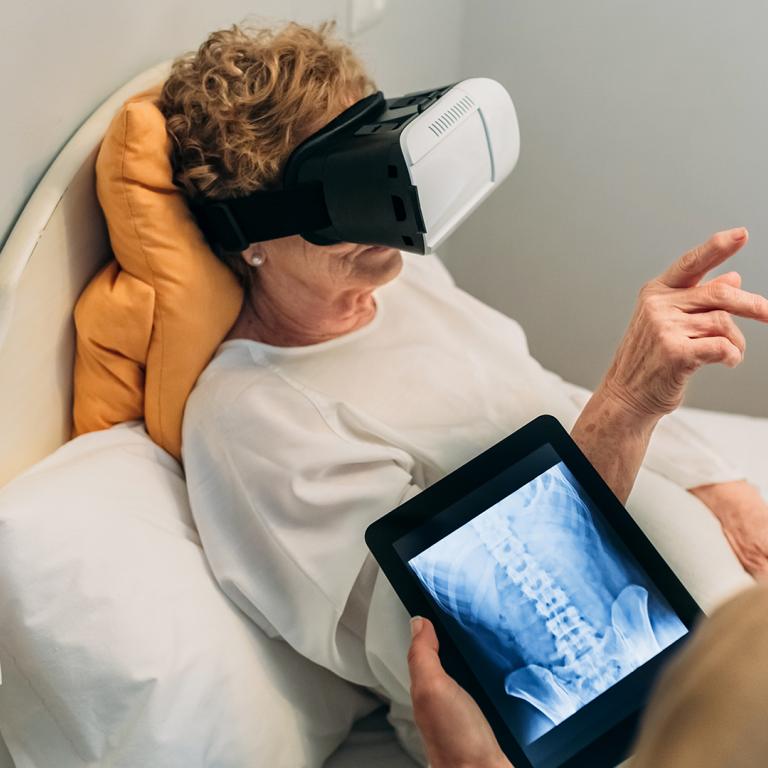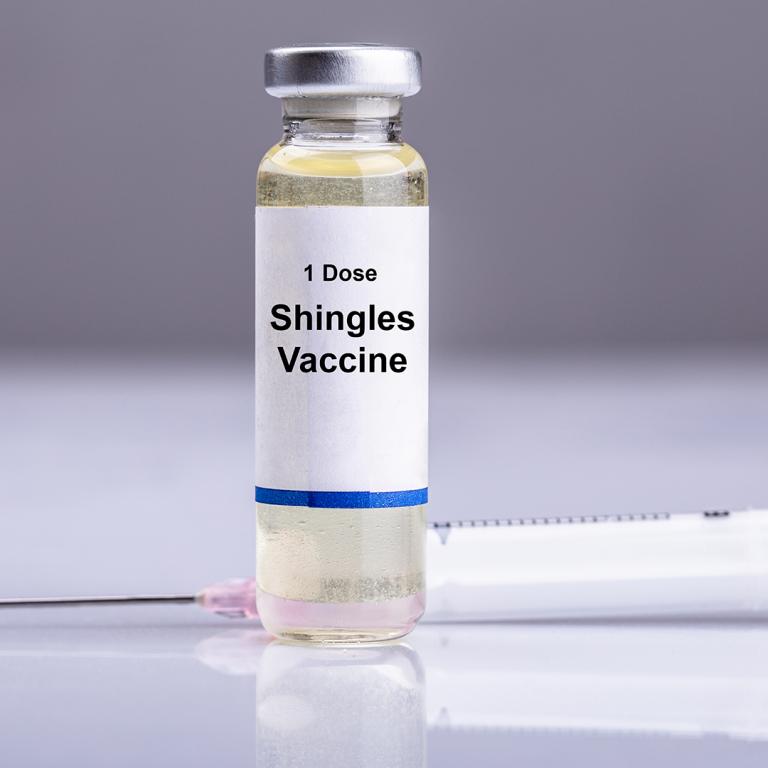

Are 3D-Printed Organs Here? | Health Technology | | Dr. Roshini …

Q&A with Organizational Pro Peter Walsh + Dermatologist Shares A…

Actor Hank Azaria + Freezer Meals + Artichokes 2 Ways with Rach

See Inside Barbara Corcoran's Stunning NY Apartment + It's Steak…

How to Make Chicken and Lobster Piccata | Richard Blais

Donnie Wahlberg Spills Details About NKOTB's First Ever Conventi…

Donnie Wahlberg + Jenny McCarthy Say Rach Is Such a "Joy" + Look…

The Best Moments From 17 Seasons of the Show Will Make You Laugh…

How to Make Crabby Carbonara | Rachael Ray

Rach Chats "Firsts" In Flashback From Our First Episode Ever In …

How to Make Apple-Cider Braised Pork Chop Sandwiches with Onion …

Rach's Chef Pals Say Goodbye to Show in Surprise Video Message

How to Make Sesame Cookies | Buddy Valastro

How to Make Tortilla with Potatoes, Piquillo Peppers and Mancheg…

How to Make Shrimp Burgers | Jacques Pepin

How to Make Spanakopipasta | Rachael Ray

Andrew McCarthy Chokes Up Discussing Emotional Trip to Spain wit…

Celebrity Guests Send Farewell Messages After 17 Seasons of the …

Celebrity Guests Send Farewell Messages After 17 Seasons of the …

Andrew McCarthy Teases Upcoming "Brat Pack" Reunion Special

Michelle Obama Toasts Rach's 17 Years on the Air With a Heartfel…
Modern medicine has come a long way over the last few decades, internist and gastroenterologist Dr. Roshini Raj says, but not much has changed when it comes to organ transplants — until now.
"[Organ donation] is an area of medicine [where] we really need innovation," she says. "If you think about all those people waiting for organs, and some of them don't make it unfortunately. Now, we have this concept of 3D printing."
Can you 3D print organs?
"We're actually able to 3D print human organs made out of human cells," Dr. Raj explains.
How does 3D printing organs work?
"You're using human cells as ink in the printer. It's going to print a heart," the doctor explains.
Watch the video above to see a printer in action, courtesy of biolife4D.com.
Cells in the body have the same number of genes and the same composition, so stem cells taken from blood samples can be converted to cells of another organ, like a heart, Dr. Raj explains. Those heart cells are loaded into a 3D bioprinter, and the organ is printed one layer at a time.
"[Once printed], this heart, which is made out of cells, is put into a bioreactor [and] surrounded by fluids that actually make it grow into the heart tissue."
Incredible — but not so fast.
"[The first 3D heart] hasn't been grown into a life-sized functioning heart right now, but they have actually made a smaller version of it," Dr. Raj explains. "They've actually had a heartbeat — not life-sized yet, but still, it's an amazing technology." Wow!
"I think it's probably in the next few years that we're going to see this," she predicts, adding that heart valves have already been printed.
Watch the video above to see the example of a 3D-printed heart that Dr. Raj brought, courtesy of Loop Lab.





